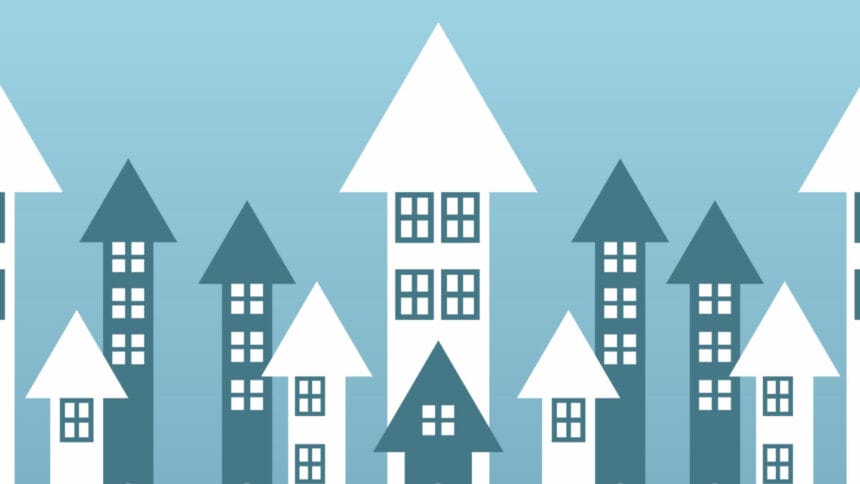Harvard’s Joint Center for Housing Studies released its “Housing America’s Older Adults 2019” report on Wednesday. Here are five takeaways from the report:
1. The need for affordable housing, supportive services will increase.
Over the next two decades, the number of single-person households with someone aged 80 or more years is expected to increase to 10.1 million, according to the report. “This increase is noteworthy because many individuals in this age range that live alone have higher disability rates and lower incomes than same-age couples,” the authors wrote. “As the number of single-person households in their 80s rises in the coming years, so, too, will the demand for affordable housing units that include supportive services.”
2. Moves will increase; services will be needed.
“Unless mobility rates drop significantly in the years ahead, the number of moves made by older adults is likely to increase as the older population grows,” the authors wrote. Most of the moves will be local, they said, so builders and policymakers should offer housing options near where older adults currently live. “And millions of older households will need improved transportation options, greater opportunities for engagement, and more access to supportive services,” the authors said.
3. Many older adults prefer larger buildings.
Forty percent of renters aged 80 or more years live in larger apartment buildings (with 50 or more units), compared with 21% of adults aged 65 to 79, according to the report. “Those in their 80s may prefer larger multifamily buildings because they are more likely to offer accessibility features, such as elevators and single-floor living, than garden-style properties or smaller multifamily buildings,” the report authors said.
4. Cost burdens lead to food, healthcare issues.
Severely cost-burdened households aged 65 or more years that are in the bottom quartile of expenditures (typically those with the lowest incomes) spent $195 per month on food in 2018, whereas those without such burdens spent an average of $368, according to the report. “Differences in out-of-pocket healthcare expenses are even starker, with severely cost-burdened households spending 50 percent less on average ($174 vs. $344 per month) than those living in housing they can afford,” the authors said.
5. Some areas are worse than others when it comes to housing cost burdens.
Among households aged 80 or more years, 59% of renters were cost-burdened in 2017. Older households in major metropolitan areas are particularly likely to have cost burdens, according to the report. Among renters aged 65 or more years, the highest cost-burden rates are in East Stroudsburg, PA; Las Cruces, NM; and Lawrence, KS, indicating that housing costs even in smaller metropolitan areas present affordability challenges, the authors said.
LeadingAge comments
Commenting on the publication, LeadingAge President and CEO Katie Smith Sloan said, “The harsh reality too many older adults face each day is exposed by this report’s findings: increasing homelessness, high housing cost burdens, and being forced to choose between home, food and healthcare.”
The organization represents the majority of Housing and Urban Development-financed senior housing providers.
“The housing market has proven itself grossly unable to meet the needs of the poorest older adults without public subsidy,” Sloan added. “We call on Congress and HUD to change this disastrous course and make the necessary investments in affordable housing with services so all older adults can age with dignity.”


